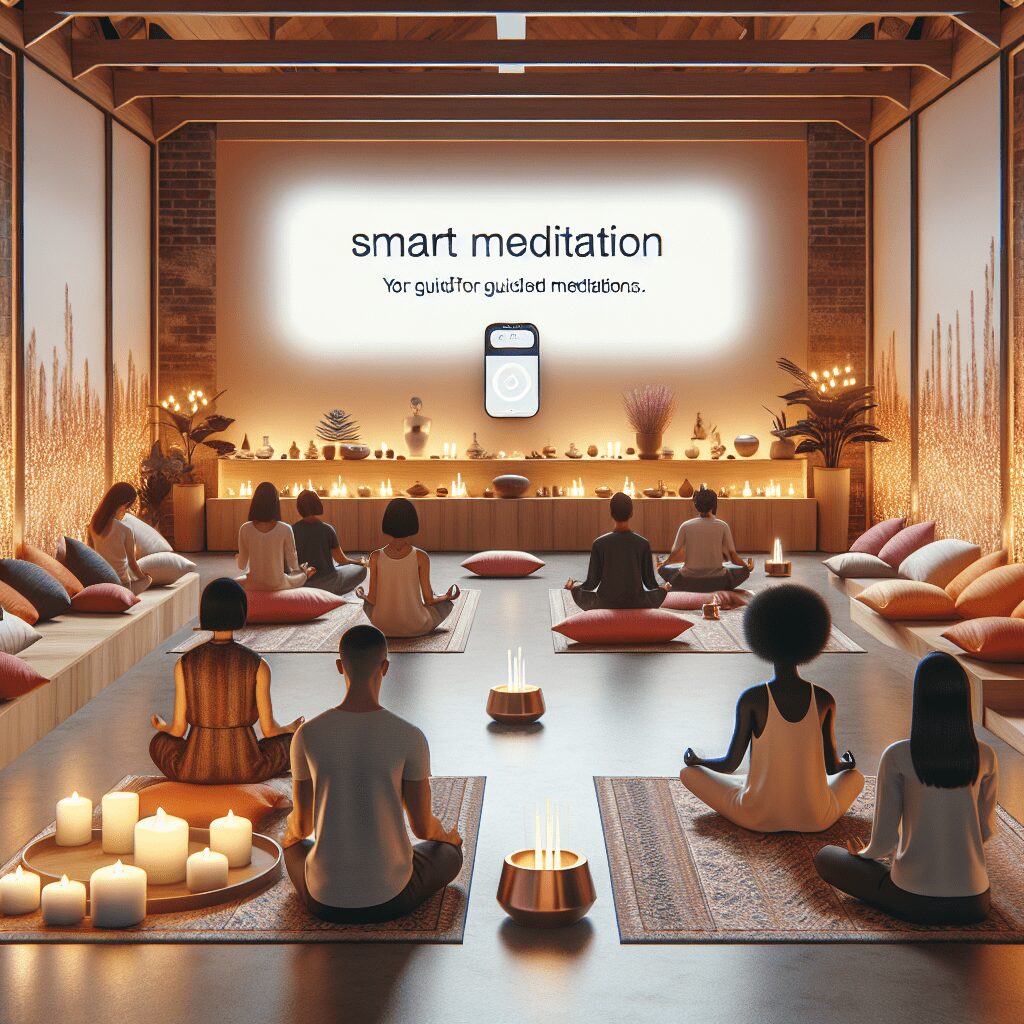
Prioritize your mental well-being daily. Enhance your life by nurturing your mental health with the Smart Meditation app. Break free from stress, alleviate anxiety, and enhance your sleep quality starting today.
Which Of The Following Is A Type Of “classical Antidepressant”?
Navigating the World of Classical Antidepressants
Stepping into the realm of mental health treatment, particularly that of depression, one is bound to come across a variety of treatment options. Amid the modern medical advances, classical antidepressants hold their ground with an undeniable efficacy that has stood the test of time. So, which among the myriad of options falls under the category of a “classical antidepressant”?
Unraveling the Classics: SSRIs, TCAs, and MAOIs
Let’s dive right into the heart of the matter. When we talk about classical antidepressants, we’re primarily referring to three big players in the pharmacological lineup: Selective Serotonin Reuptake Inhibitors (SSRIs), Tricyclic Antidepressants (TCAs), and Monoamine Oxidase Inhibitors (MAOIs).
-
Selective Serotonin Reuptake Inhibitors (SSRIs): These are perhaps what many consider the front-runners of modern depression treatment. SSRIs work by blocking the reabsorption (reuptake) of serotonin in the brain, making more serotonin available to improve transmission of messages between neurons. Popular SSRIs include fluoxetine (Prozac), sertraline (Zoloft), and citalopram (Celexa).
-
Tricyclic Antidepressants (TCAs): These are older than SSRIs and work by inhibiting the reuptake of not one but two neurotransmitters: norepinephrine and serotonin. This dual action makes them highly effective, albeit with a potentially higher side effect profile. Examples include amitriptyline (Elavil), imipramine (Tofranil), and nortriptyline (Pamelor).
-
Monoamine Oxidase Inhibitors (MAOIs): The first generation of antidepressants, MAOIs work by blocking the effects of monoamine oxidase, an enzyme that breaks down serotonin, norepinephrine, and dopamine in the brain. This results in higher levels of these neurotransmitters. Due to dietary restrictions and potential side effects, they’re not the first line of treatment but can be highly effective for some. Examples include tranylcypromine (Parnate) and phenelzine (Nardil).
Why It Matters
Understanding these categories is more than academic gymnastics; it’s about finding the right key for the right lock. Treatment for depression is highly individualized, and what works wonders for one person might be less effective or have undesirable side effects for another. By having a grasp on the types of classical antidepressants, patients and healthcare providers can have more informed discussions about the most suitable path forward.
Finding the Right Fit
If you’re on the journey to manage depression, the route can feel as winding as a mountain pass. Here’s the thing, though: armed with the right info and a solid support system (think healthcare providers, perhaps a therapist, and definitely your personal cheer squad), finding that right medication fit becomes less of a wild goose chase and more of a guided expedition.
Not to mention, the landscape of depression treatment is always evolving. While classical antidepressants remain a cornerstone, the emergence of new-generation medications and therapies enriches the tapestry of options available.
Wrapping It Up
So, there you have it—a primer on classical antidepressants that serve as vital tools in the battle against depression. Whether it’s SSRIs, TCAs, or MAOIs, these medications have facilitated millions to reclaim their lives from the clutches of depression. Remember, though, the journey through mental health is profoundly personal. It involves tailoring the treatment to fit the unique contours of each individual’s experience with depression. Collaboration, patience, and persistence are key. And always, keeping the dialogue open with healthcare providers is paramount to navigating this path effectively.




